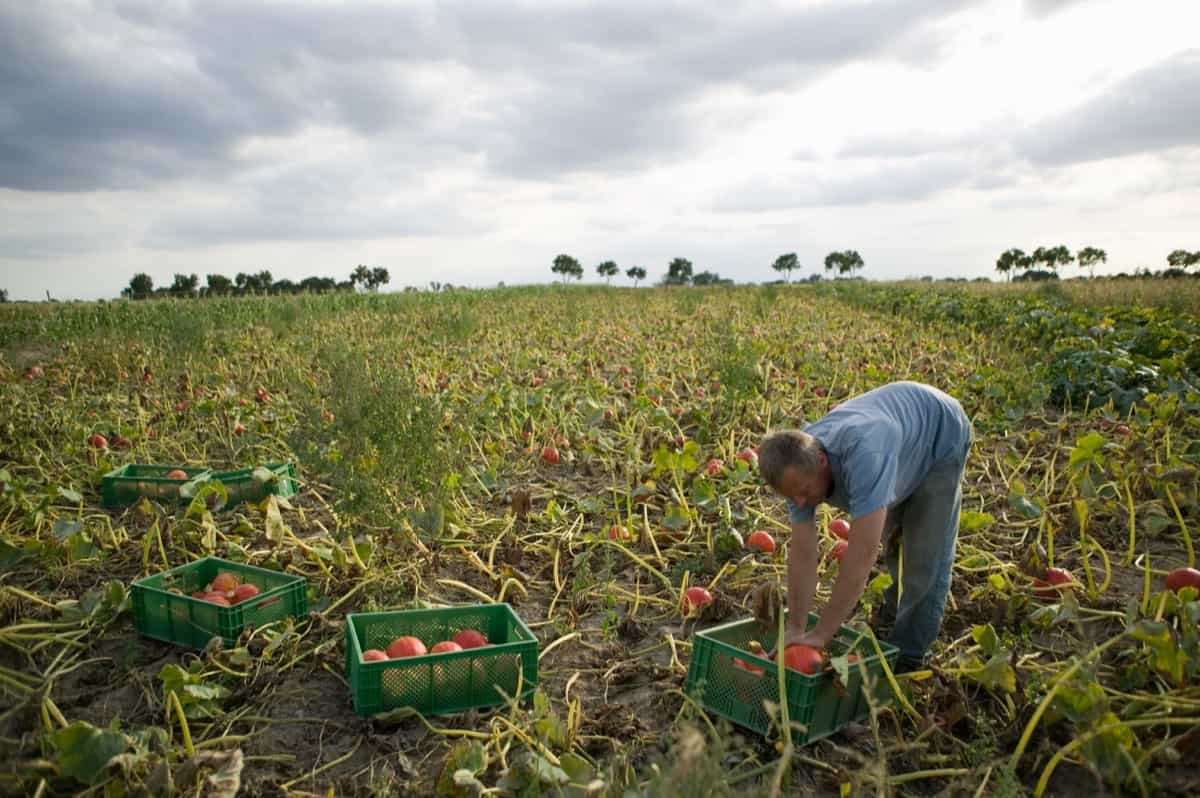Creating a comprehensive business plan for your farming venture is essential for success. This guide, “How to Write a Business Plan for Farming in 10 Easy Steps,” will walk you through the process. A well-structured business plan serves as your roadmap, helping you define your farm’s goals, secure funding, and make informed decisions.

How to Write a Business Plan for Farming
Understanding the Purpose and Importance of a Business Plan for Farming
A business plan for farming serves as a roadmap, outlining goals, strategies, and financial projections essential for success. It articulates the farm’s mission, target market, and production methods, providing clarity and direction for decision-making. Additionally, it helps secure funding, as lenders and investors require a comprehensive plan to assess viability and potential returns.
Moreover, it aids in risk management by identifying potential challenges and offering contingency plans. Regularly revisiting and updating the plan ensures adaptability to changing market conditions and emerging opportunities, making it an indispensable tool for sustainable and profitable farming ventures.
Conducting Market Research and Analysis for Your Farming Business Plan
Market research for your farming business plan involves gathering data on consumer demand, competitor activity, and industry trends. Identify your target market’s preferences, needs, and buying habits. Study competitors to understand their strengths and weaknesses. Analyze industry trends, such as sustainability and organic farming, to identify opportunities. Assess local regulations and market dynamics affecting your farm.
Additionally, consider distribution channels and pricing strategies. This research provides valuable insights to shape your product offerings and marketing strategies, ensuring your farming business aligns with market demand and maximizes profitability, making it an integral component of your business plan.
Defining Your Farming Business Goals and Objectives
Defining clear goals and objectives is vital for a successful farming venture. Goals should be SMART (specific, measurable, achievable, relevant, and time-bound). These could include increasing crop yields, expanding livestock production, or diversifying products. Objectives should outline the actionable steps needed to reach each goal.
In case you missed it: How to Plant a Spring Vegetable Garden in 10 Steps

For example, implementing new irrigation techniques or investing in modern equipment. Well-defined goals and objectives provide direction, motivation, and a basis for measuring progress toward a sustainable and profitable farming operation.
Developing a Comprehensive Farming Business Description
A comprehensive farming business description provides an overview of your operation. It should cover the type of farming (e.g., crop cultivation, livestock, or both), location, scale, and production methods. Include details on the farm’s history, founders, and any unique selling propositions (USPs), like organic practices or specialized crops.
Highlight the farm’s mission, values, and commitment to sustainability. Additionally, mention any certifications or partnerships that enhance credibility. This description serves as an introduction to potential investors, partners, and customers, conveying the essence and potential of your farming business.
Identifying and Analyzing Your Target Market in the Farming Industry
Understanding your target market is important for tailoring your farming business to meet specific consumer needs. Begin by defining demographic characteristics like age, income, and location. Next, consider psychographic factors such as lifestyle and values influencing purchasing decisions.
Additionally, identify any niche markets or specialized segments within the farming industry. Analyze consumer preferences for locally sourced, organic, or specialty products. This information helps refine product offerings, marketing strategies, and distribution channels, ensuring your farming business effectively reaches and serves its intended audience, ultimately driving profitability and sustainability.
Creating a Strategic Marketing and Sales Plan for Your Farming Business
A strategic marketing and sales plan for your farming business should begin with a thorough analysis of your target market and competitors. Identify unique selling points, such as sustainable practices or high-quality produce. Develop a branding strategy that communicates these strengths. Create a multi-channel approach, incorporating online platforms, farmers’ markets, and partnerships with local restaurants or retailers.
Outline pricing strategies that balance profitability with market competitiveness. Set clear sales targets, establish key performance indicators, and create a timeline for implementing marketing campaigns. Regularly review and adapt your plan to respond to market shifts, ensuring that your farming business effectively reaches customers and drives revenue growth.
Designing an Effective Organizational Structure for Your Farming Operation
Your farming business’s product or service should describe what you produce or provide. Highlight the key crops, livestock, or products you offer, emphasizing any unique qualities like organic certification, specialty varieties, or sustainable production methods. Explain the production process, from seed to harvest or raising animals to processing meat or dairy products.
In case you missed it: How to Plant a Summer Vegetable Garden in 10 Steps

Mention any value-added services, such as agritourism experiences or farm-to-table events. Specify packaging, quality standards, and pricing strategies. Clearly defining your product or service offering informs customers and helps align your farming business with market demand and competitive advantage.
Outlining Your Farming Business’s Product or Service Offering
Highlight factors such as quality, organic certification, niche markets, or value-added services. Include details on your production methods, technology, and any innovative approaches. Convey your commitment to sustainability and responsible farming practices. Moreover, discuss how your products meet consumer demand and contribute to local or regional needs. A clear and compelling product or service description will demonstrate your farming business’s viability and potential success to investors and stakeholders.
Establishing Financial Projections and Budgets for Your Farming Business Plan
When crafting a business plan for farming, it’s crucial to establish financial projections and budgets. Begin with a detailed income and expense forecast, considering factors like crop yields and market prices. Develop a budget encompassing startup costs, operational expenses, and contingencies.
Include a cash flow statement to track your financial health over time. Your plan should demonstrate a sustainable financial strategy that covers operating costs, debt servicing, and growth investments. These projections and budgets are the backbone of a sound business plan, showcasing your farm’s viability and potential profitability.
Evaluating Risks and Contingency Plans for Your Farming Venture
Start by identifying potential risks such as adverse weather, pest outbreaks, market fluctuations, or equipment breakdowns. For each risk, outline specific strategies to mitigate or address them. These strategies may include diversifying crops, purchasing insurance, or implementing pest control measures.
Clearly define contingency plans for worst-case scenarios, such as crop failure or financial setbacks. Highlight your ability to adapt and pivot in response to challenges. Continuously assess and update your plan as circumstances change, demonstrating your commitment to the long-term success of your farming venture.
In case you missed it: Cattle Fattening Business Plan: License, Cost to Start, and Profits

Conclusion
In conclusion, crafting a business plan for farming in ten easy steps is a crucial foundation for a successful and sustainable agricultural venture. It helps define goals, secure financing, and navigate the complexities of the farming industry. By following these steps, you’ll develop a roadmap for your farm’s growth and enhance its ability to adapt, thrive, and contribute to the ever-evolving agricultural landscape.
- Feed Your Flock for Less: Top 10 Tips to Save on Chicken Feed
- Ultimate Guide to Ossabaw Island Hog: Breeding, Raising, Diet, and Care
- Hatching Answers: The Top 10 Reasons Your Chickens Aren’t Laying Eggs
- Eggs and Economics: Breaking Down the Cost of Raising Backyard Chickens
- Defend Your Greens: Proven Methods to Keep Iguanas Out of Your Garden
- Ultimate Guide to Cinnamon Queen Chicken: A Comprehensive Guide for Beginners
- Ultimate Guide to California Tan Chicken: Breeding, Raising, Diet, Egg-Production and Care
- Ultimate Guide to Marsh Daisy Chicken: Breeding, Raising, Diet, and Care
- 10 Types of Chicken Farming Businesses You Can Start for Profits